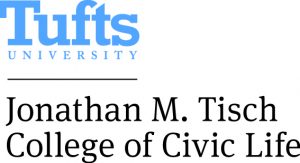In 1954, Gordon Allport proposed that prejudice (particularly racial prejudice)
may be reduced by equal status contact between majority and minority groups in the pursuit of common goals. The effect is greatly enhanced if this contact is sanctioned by institutional supports (i.e., by law, custom, or local atmosphere), and provided it is of a sort that leads to the perception of common interests and common humanity between members of the two groups. (Allport 1954, p. 281)
Note the conditions: in order to reduce prejudice between two groups, people must be in direct contact; they must be on equal footing, and they must work together on “common goals.” It helps if laws and customs support them.
This is known as the “contact hypothesis.” In a review of studies published since 1954, Paluck, Green & Green (2018) find that the hypothesis does have support. However, not enough of the published studies investigate adults: most are about children and students, who may be more malleable. Furthermore, not enough research exists to know which kinds of support are most effective under which circumstances for reducing each kind of prejudice.

